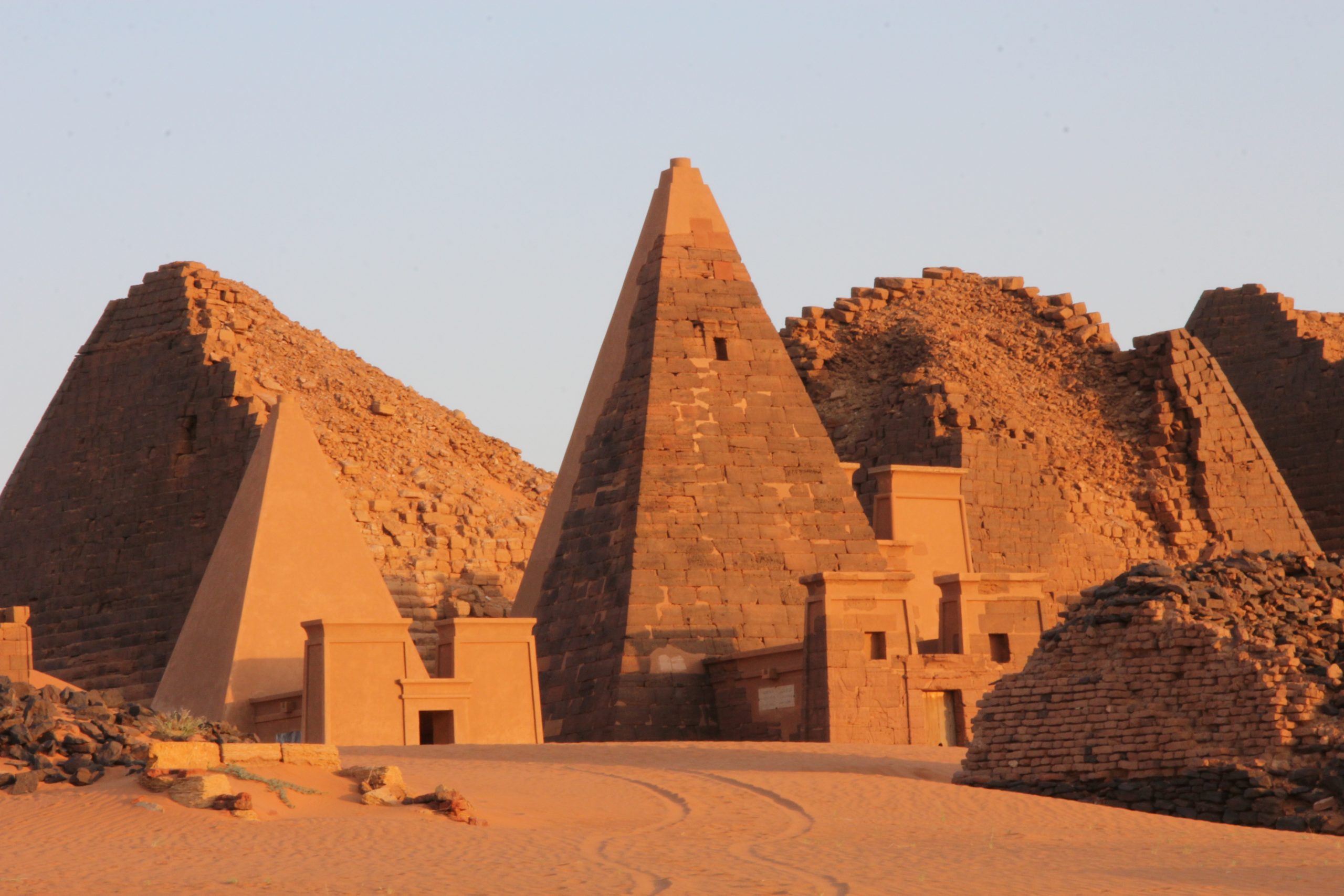South of the ancient Egyptian Empire, along the banks of the great river, was another Nile civilization, one that even historians often overlook. It existed for thousands of years, built beautiful pyramids, and raised strong rulers. One fierce queen of Meröe, Amanirenas, even fought Rome. Its own name was lost centuries ago, along with its language. The Egyptians and Judeans referred to it as the Kingdom of Kush, while the Greeks and Romans called it Ethiopia. In the late Roman era, the Christian Kingdom of Aswan coined the term Nubia. Today, historians may refer to them as the Kerma Culture, Napatan Empire, or Meroitic Empire. All of these names are used interchangeably to describe the fierce tribe of people who lived in the Upper Nile.
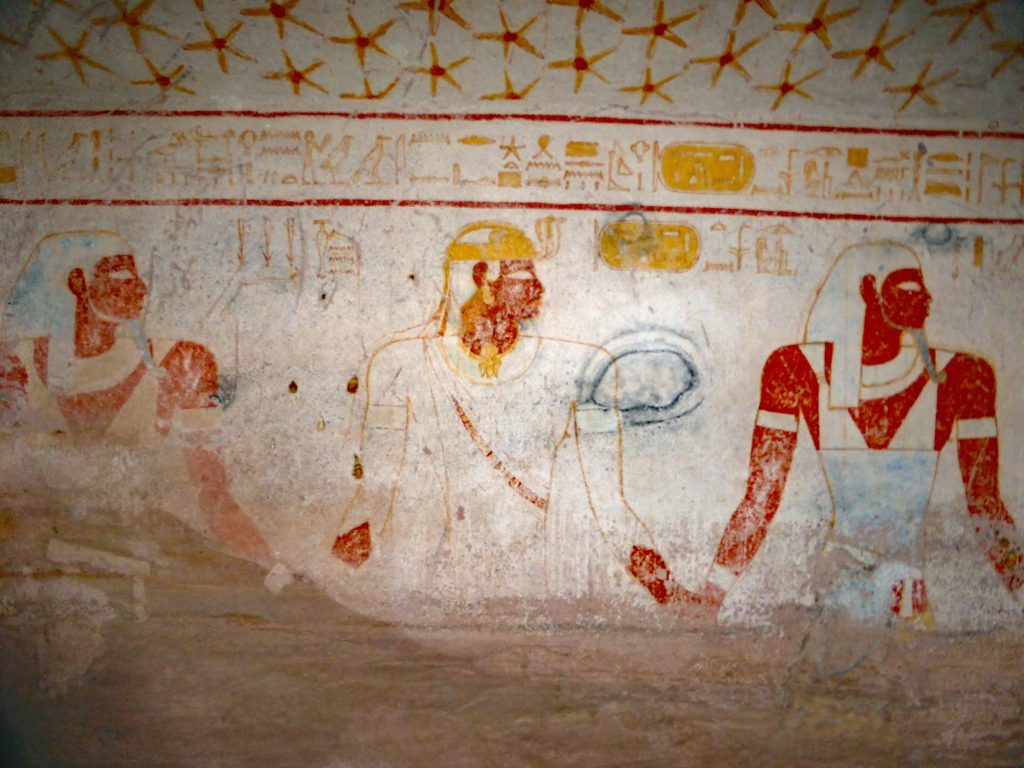
The Rise of Kush:
By the time of the late Roman Republic, the Kingdom of Kush had already stood for millennia. It grew and developed similarly to the Egyptians, with the first inhabitants arriving well back into the Neolithic Era. Yet it wasn’t until nearly 2400 B.C. that the nation formed under a central power structure. Their capital city was Kerma, and they quickly grew to rival the size of Egypt itself. The two Nile nations inevitably clashed, mainly making small raids, but also engaged in several all-out wars. In fact, the Kingdom of Kush defeated Egypt at one point. As a result, Kushite Kings made up the 25th Egyptian dynasty, ruling over both Kush and Egypt. Eventually, Egyptian rulers rose up and recovered their power. Shortly after losing their rule in Egypt, the royal family of Kush moved the capital south from the city of Napata to Meröe.
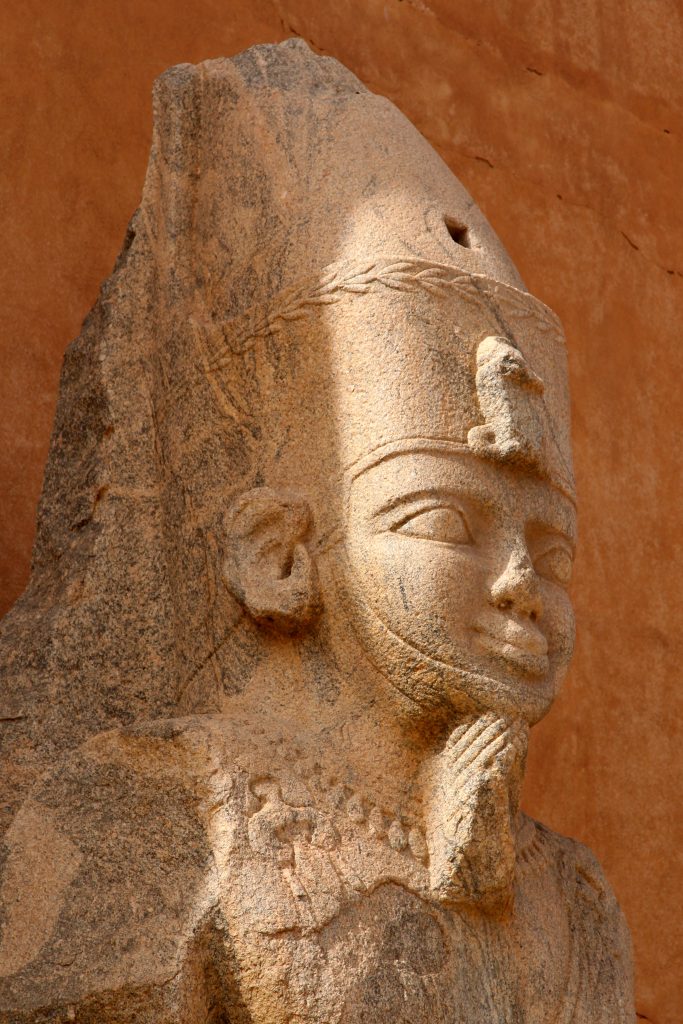
Using animals to drive water wheels, they developed irrigation systems that reduced their dependence on Nile flooding. They also took advantage of new trade routes running up the Red Sea region, lowering their need for the Nile River even further. Large forests around the city supported increased iron working, and the people of Meröe earned a high reputation for their quality weapons and metal-work. They also mined gold in the region, and sold exotic plants and animals. According to Pliny the Elder, elephants and rhinos roamed the green and gorgeous area, and the Kushites could sell them for a high price. Additionally, they traded luxury goods such as ebony wood, copper, ivory and slaves, along with jewelry, art, and pottery, adding to the city’s splendor.
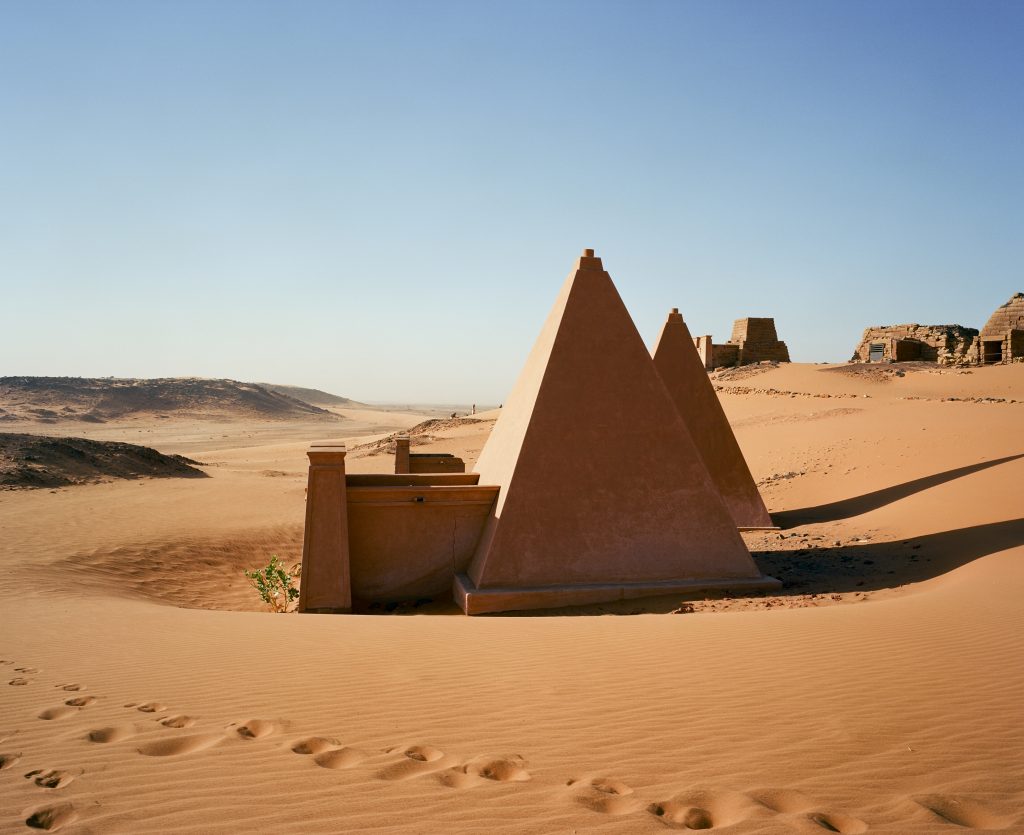
Enter Greece and Rome
The Nubians had chosen a perfect site for their city. Josephus mentions its defensive attributes in his histories. Rivers and tributaries surrounded it, creating almost an island in a remote area, and Meröe sat between them all. A large wall protected the main city limits, while other ramparts lay between the city walls and the rivers. They added further obstacles to an invading army, while at the same time protecting the city proper from damage if the Nile flooded.
Safe in their capital, the Nubians watched as the Persians took control of Egypt, only to be driven out by Alexander the Great of Macedonia. After his death, one of his generals, Ptolemy, ruled Egypt. He and his descendants Hellenized Egypt and made the city of Alexandria one of the most important ports in the Mediterranean. Kush engaged in some mild scuffles with the Ptolemaic Empire in Egypt, but both civilizations enjoyed too many advantages from mutual trade to engage in all-out war. After Rome’s two bloody civil wars came to an end in 30 B.C., young Emperor Augustus annexed Egypt. The region’s large supply of grain quickly made it a very important province of Rome, one that the Romans were more than willing to defend.
Queen Amanirenas:
By this time, the Meroitic Empire was a great power in its own right, and no less willing to defend its interests than Rome. In 24 B.C., Aelius Gallus, the Roman prefect of Egypt, took a large number of his garrisoned Roman forces to engage in a campaign in the Arabia Peninsula, leaving Egypt lightly guarded. Amanirenas, the tough, physically powerful, one-eyed Kandake, or Queen, of Meröe, considered it a golden opportunity. She personally led her army in a raid up the Nile, attacking the cities of Thebaïs, Syene, Elephantine, and Phiae, enslaving the inhabitants, and despoiling and stealing statues of Caesar Augustus, which they carried triumphantly back to Meröe and installed as trophies in their temples and public buildings.
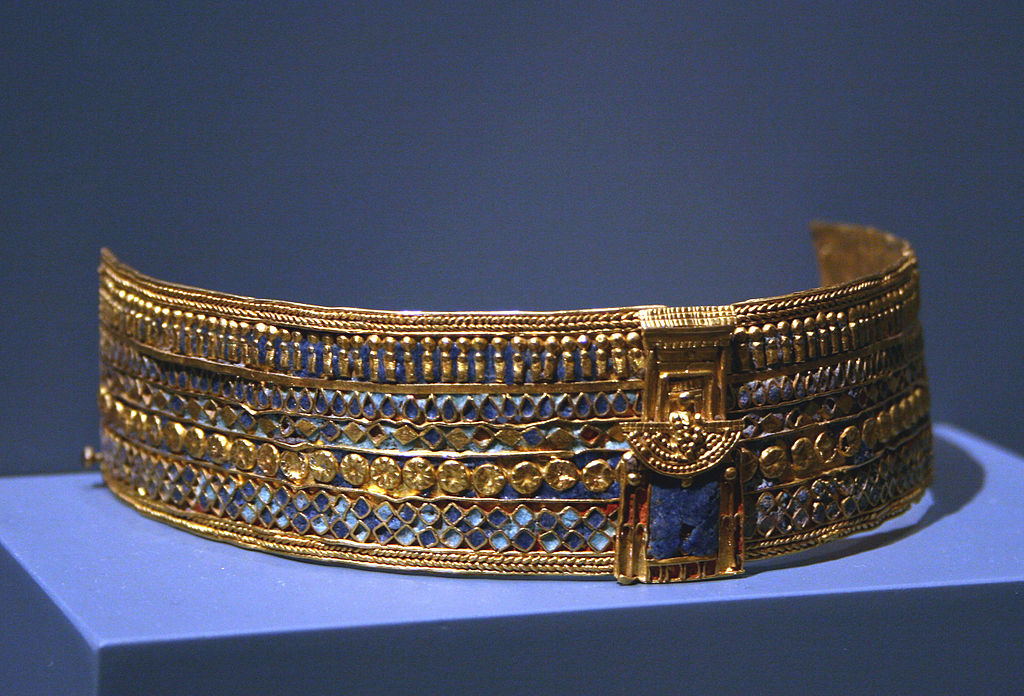
Later that year, Gaius Petronius replaced Gallus. The new commander planned a counter-attack, and successfully expelled the Meroitic forces from Syrene. Petronius even pushed far enough into Kushite territory to take their old capital, Napata, and raze it to the ground. Yet after this, he withdrew slightly, establishing a new garrison at the city of Primis. Amanirenas made one last, determined attack on the position, but lost, and she soon agreed to discuss a treaty. She sent ambassadors to negotiate with Augustus Caesar. The eventual terms they accepted were very favorable, even canceling the annual tribute owed to Rome from the Meroitic Empire. The treaty held until 300 A.D., and relations remained friendly.
Sources:
Strabo’s “Geography,” Diodorus Siculus “Library of History,”
Herodotus “The Histories,” Manetho’s “Aegyptiaca,”
Josephus “The Antiquities of the Jews.”
This article was written for Time Travel Rome by Marian Vermeulen.
Photo: Meroe by
What to See Here:
Meroe was at the center of a powerful kingdom, and its remains display this. The greatest amount of excavation has taken place at two necropolises, which contain a large number of burial pyramids of the rulers of the Kingdom of Kush. The pyramids vary in size, are slightly different in style than that of the Egyptian pyramids, and though some have been heavily damaged, many more have been well preserved. The site is in the process of some restoration, and a fee to visit will likely apply in the future. It is slightly off the beaten track, but visible from the main road.
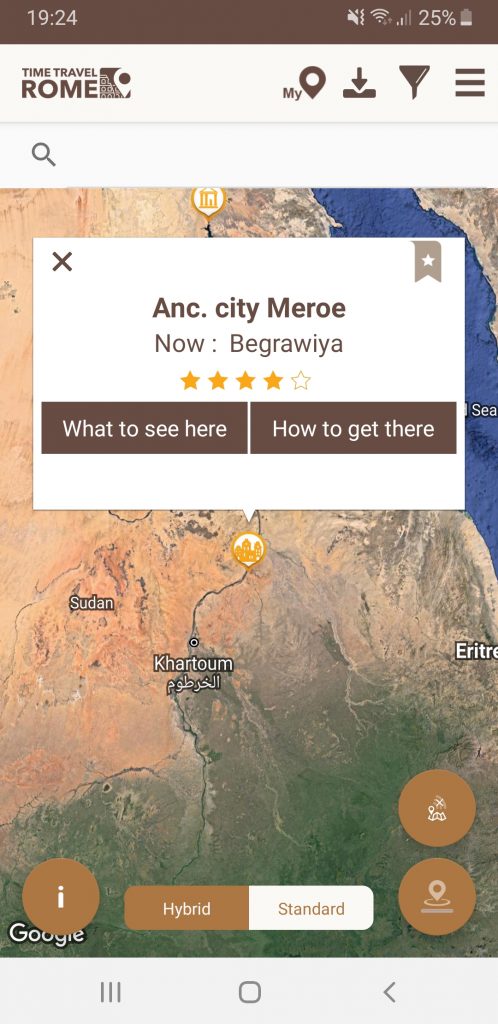
Ancient City Meroe 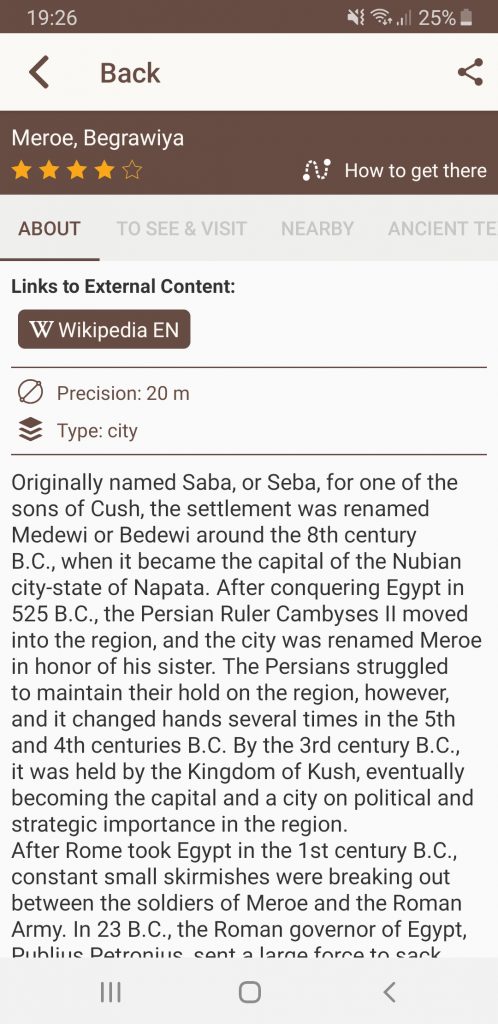
Time Travel Rome 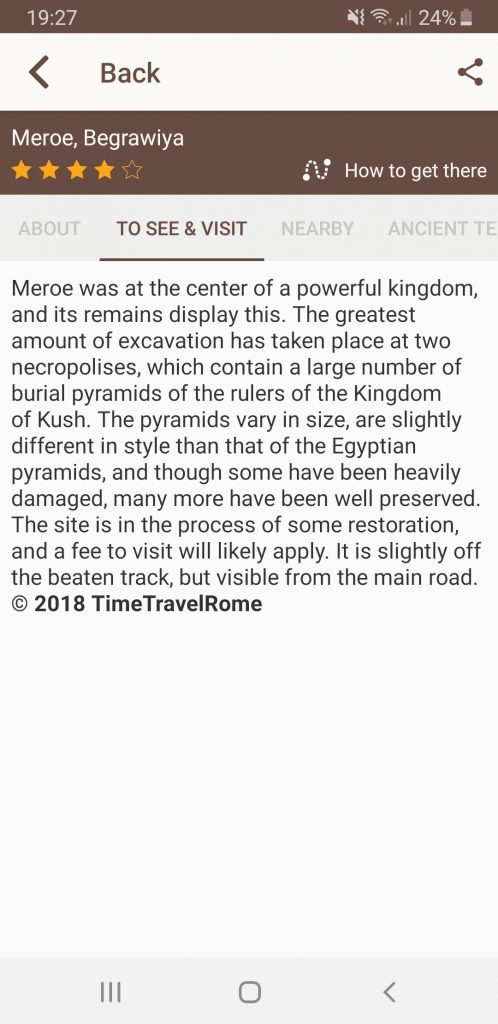
What to see and visit
To find out more: Timetravelrome.
